Court Street: Brooklyn Heights, Cobble Hill and Carroll Gardens
Court Street in Brooklyn is full of extreme contrasts. Trendy new stores and restaurants abut family-run establishments that have been in business for over half a century. The meshing of quintessential Brooklyn and the rapidly gentrifying city only adds to the appeal of Court Street, and has led to a unique gastronomic scene with a penchant for international…
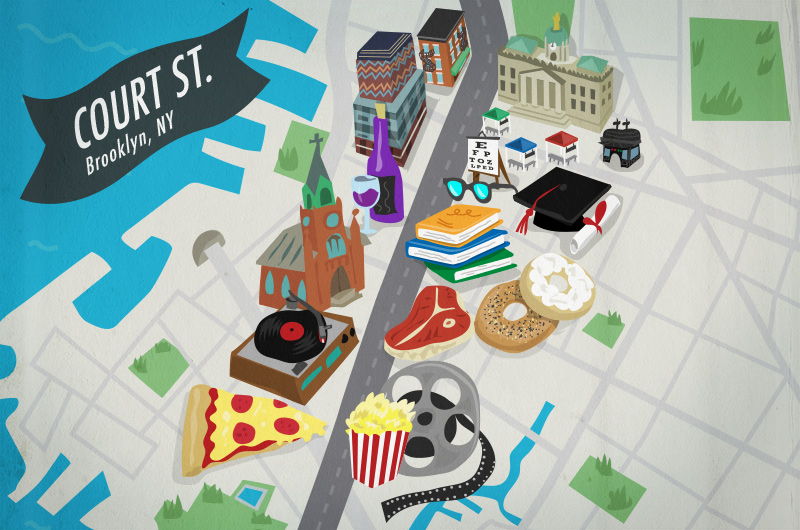
Court Street in Brooklyn is full of extreme contrasts. Trendy new stores and restaurants abut family-run establishments that have been in business for over half a century. The meshing of quintessential Brooklyn and the rapidly gentrifying city only adds to the appeal of Court Street, and has led to a unique gastronomic scene with a penchant for international flavors.


Much of Court Street was an historic stronghold for Italian immigrants who arrived to work on the Red Hook docks in the early 1900s. Cobble Hill was settled by Italians from Naples and Sicily. In Carroll Gardens, Court Street between 3rd and 4th Place was also known as “The Citizens of Mola di Bari Way” for the 5,000 residents who emigrated from Mola in the “boot” of Italy.
Court Street itself—called George Street until 1835—was named for the courthouse that was planned for the newly formed city of Brooklyn. The courthouse ended up on Joralemon Street instead and was demolished less than a century later, in 1952. Nonetheless, Court Street passes by such important municipal buildings as Brooklyn Borough Hall, Kings County Supreme Court and the Municipal Building.
Brooklyn Heights: Borough Hall to Pacific Street
At the northern end of Court Street, municipal buildings surround Columbus Park, which hosts the Brooklyn Borough Hall Greenmarket on Tuesdays and Fridays throughout the year. You can lunch here on bistro-style chairs and tables provided by the Court-Livingston-


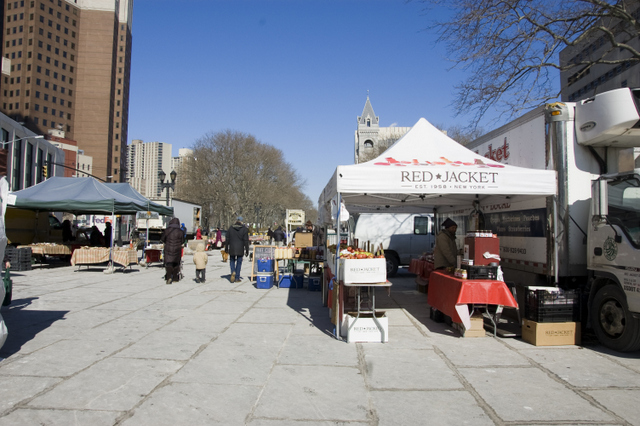

The landmarked Greek Revival-style Borough Hall — originally City Hall, before the consolidation of the five boroughs — was completed in 1848. It was badly damaged in an 1895 wastepaper fire and its cupola was completely rebuilt. Take a look upwards when you’re in the area — it can be easy to miss the amazing architectural details atop the commercial buildings along Court Street.
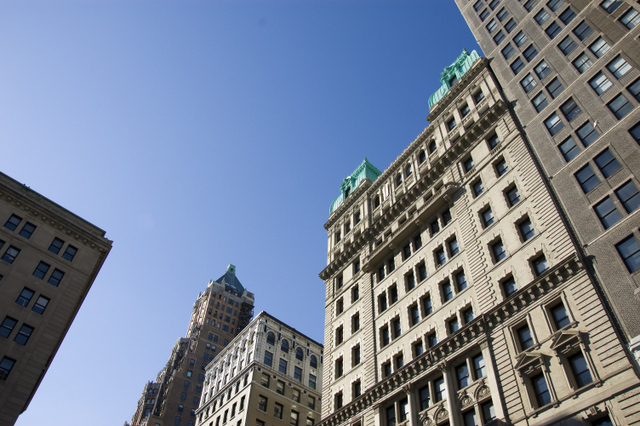
Between Joralemon Street and Atlantic Avenue are a combination of chain stores, neighborhood businesses, and residential buildings. The windowless ziggurat-style building is home to the UA Court Street Stadium 12 Theater and a still-thriving Barnes & Noble bookstore. It was designed by Hardy Holzman Pfeiffer Associates, the architects behind the BAM Majestic Theater and the restorations of Radio City Music Hall and Bryant Park.

At the intersection of Court Street and Atlantic Avenue is the former South Brooklyn Savings Institution, now a Trader Joe’s with a beautiful interior and high ceilings. This “Florentine-style palazzo” was designed by McKenzie, Voorhees & Gmelin, with construction finished in 1923.

Brooklyn Wine Exchange next door focuses on small batch, artisanal wine and spirits, with an emphasis on local New York City and New York state purveyors.
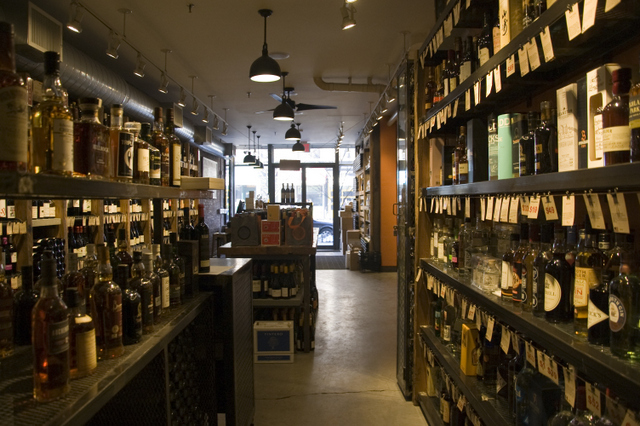
Yemen Cuisine and Sahadi’s market are signs of the Middle Eastern community that has settled along Atlantic Avenue.


Next page: Cobble Hill >

Cobble Hill: Pacific Street to Degraw Street
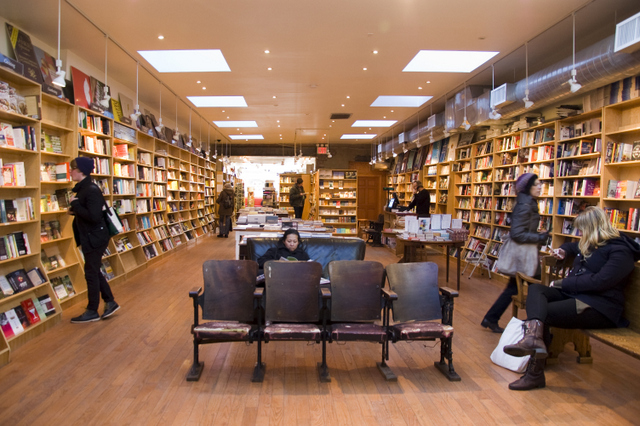
On the next block over, between Pacific Street and Dean and Amity Streets, you’ll find your usual urban melange of a UPS store, a CVS and a Starbucks, but you’ll also find one of Cobble Hill’s most treasured institutions. Bookcourt boasts a carefully curated selection and regular author events, including talks by neighborhood stars like author Robert Sullivan. The former garden has recently been converted into a skylit event space, with furniture that includes old theater seats and a church pew.
Moscot, the Lower East Side institution, has an outpost just next door.
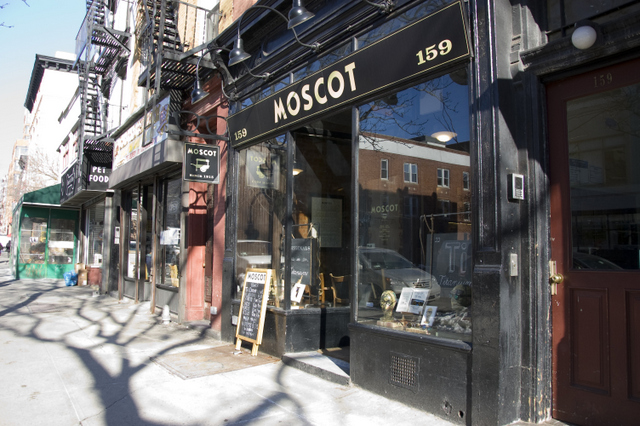
Picnic Brooklyn is around the corner on Amity Street. A children’s clothing store focused on “outfitting for adventures,” Picnic Brooklyn has everything a city-kid could ever need. Between Amity and Bergen Street you’ll find the neighborhood bagel shop Court Street Bagels and Mun’s Gourmet, a 24-hour bodega with everything from Asian snacks to international cheeses.
There are also two schools within this stretch: the Brooklyn Heights Montessori School and The Mary McDowell Friend’s School.
On the corner of Congress Street is St. Paul’s Church, designed and built in 1838 by Gamaliel King, one of the architects of Brooklyn Borough Hall. Over the years, there have been so many additions and renovations that very little remains of King’s original design. Its name has gone through a lot of changes, too, as congregations merged over the years — from St. Paul’s to “St. Peter, St. Paul, Our Lady of Pilar,” and finally to St. Paul and St. Agnes.

Next to St. Paul’s is the almost one-block long Foster Building. According to Kevin Walsh of Forgotten NY, buildings that took the entire block were often given formal names, like Foster. “Not many of these survive in Brooklyn,” writes Walsh, but “the storefronts on the Foster Block are remarkably unchanged from what they must have looked like decades ago.”

Like much of Court Street, the shops in the Foster Building are now a mix of newcomers and neighborhood staples. David’s Barbershop and A-One Locksmith mingle freely the likes of home decor shop Paspartou. At the corner of Warren Street, under the vintage signage of the former Jim & Andy Fruit & Produce Market, is Congress bar, where you can bring your own vinyl and sip cocktails and craft beers.


Next door is artisanal coffee shop, Cafe Pedlar, with its refreshingly sparse interior. For lunch and dinner options, check out Joya, a Thai restaurant featuring an open kitchen and exposed brick walls.
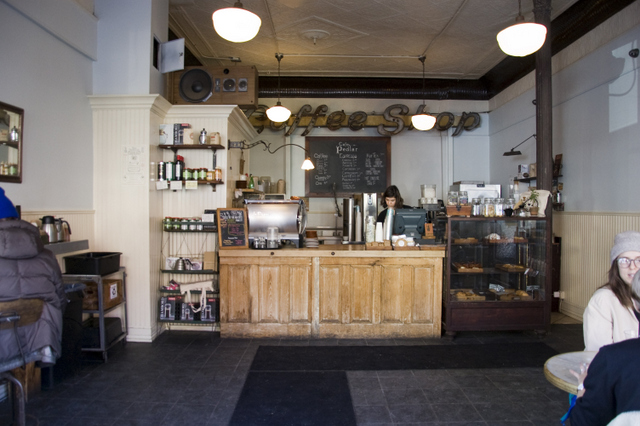
The Community Bookstore sits on the corner of Warren Street and is like wandering into your grandfather’s messy attic. “Calling this store messy would be the understatement of the century,” writes Thomas Sullivan on Brokelyn, “but the owner’s been quoted saying that he likes it that way, and so do we.” For a more organized experience, the Brooklyn outpost of Idlewild Books is right on Warren Street too.

Brownstone Treasures is a vintage store run by J.P. Ferraioli, a Cobble Hill native who handpicks all the items. Here you can find quirky fare like old Coca-Cola signs, tickets from the 1939 World’s Fair, baseball and collector cards, and Federal Reserve Bank envelopes — along with nicely curated home decor and clothing. Brownstone Treasures will be combining with its sister shop, Yesterday’s News, further down on Court Street in Carroll Gardens, while the building undergoes renovations. “It’s the story of Court Street,” J.P. told us, lamenting that some older neighborhood businesses have closed or are facing similar rent hikes.
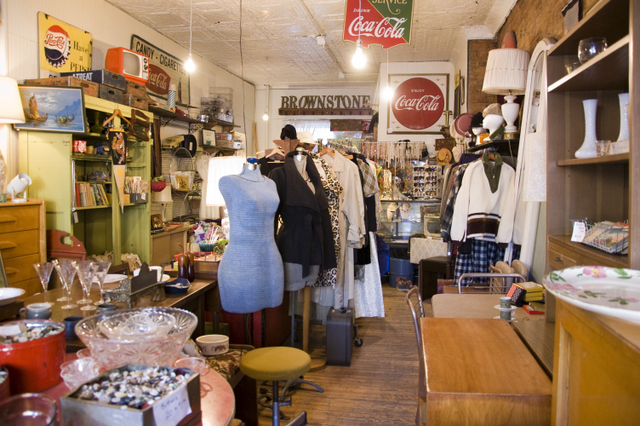
Staubitz Market is on the same block. Established in 1917, Staubitz sells prime meat cuts and game meats for the hungry carnivore in all of us. From here, walk south along Court and you’ll really start to get a real sense of the Italian heritage as the street comes to life. Staubitz holds fast to its history, and still sprinkles sawdust on the floors. Though the front facade has a vintage feel, it’s been updated in the past few years to reflect the store’s expanded offerings including fine, imported gourmet products and a 50+ selection of cheeses.

Before continuing down Court, take a detour on Baltic Street and visit Sugar Shop, where you can find old-school candies like Mallo Cup, Charleston Chew and Turkish Taffy.
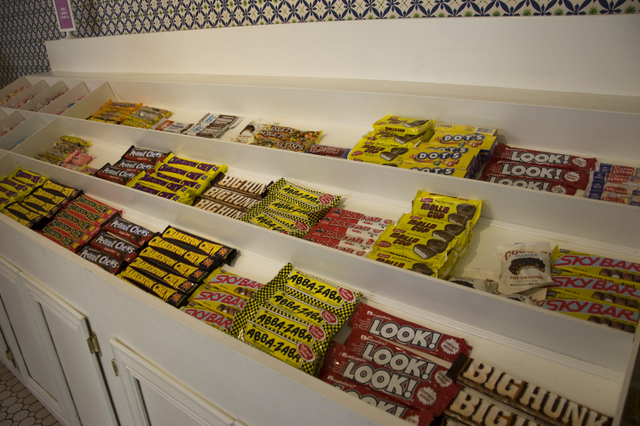
Back on Court Street, a must-visit between Baltic and Kane Street is Sam’s Restaurant, for a taste (and feel) of Old Brooklyn. In addition to its well-known pizza, the 1950s era chairs, red plastic tablecloths, and wood veneer wall scream “Whaddaya want, chandeliers? FUHGEDDABOUT IT.”

Check out the hand-painted facade of Cobble Hill Cinemas (formerly the Rio Theater) located between Kane Street and DeGraw Street. Their small theaters show a mix of art house and children’s movies. Next door to the cinema is the Cobble Hill location of The Chocolate Room, featuring tasty, all-natural deserts made right in their kitchen.

Across the street is the Brooklyn Writers Space, a co-working space just for writers. Writer’s Space also offers a reading series featuring its members at Bookcourt so keep your eyes and ears open. At the corner of Kane and Court you’ll find Karloff, a modern Eastern European and Russian restaurant. Right around the corner is Osaka, delivering solid sushi and sashimi with a garden out back. Then there’s AmeriCAN, a store of just beers for pick up and delivery, situated next to Union Market, an upscale grocery store.
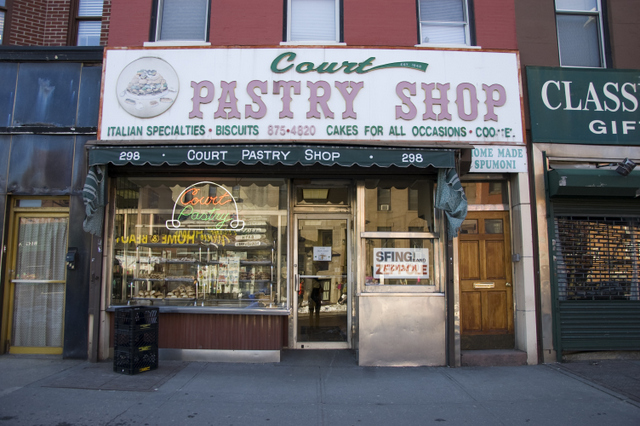
Court Pastry Shop, with its colorful Italian pastries and blue boxes of Baci chocolates, brings us back to the street’s Italian heritage, as does Sal’s Pizzeria across the street. Don’t miss the ceiling lamps decorated with tomato sauce tins.
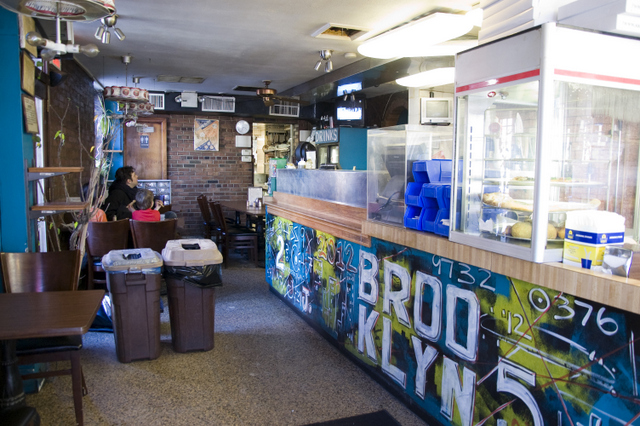
Scotto’s Wine Cellar just celebrated 80 years of business this year. This month their window display features objects from their history, like an original delivery cart from 1934.

Next page: Carroll Gardens >

Carroll Gardens: Degraw Street to the BQE
There’s some debate as to what street marks the northern boundary of Carroll Gardens, but when you hit Degraw Street, you’re definitely there. To prove it, one of the first stores you come to on the Carroll Gardens side of Court is D’Amico Foods, which has been on this block since 1948.
Between Sackett and Union, there’s the great newcomer Brooklyn Strategist, a board game haven for school kids by day, and a BYOB spot for adults in the evening.
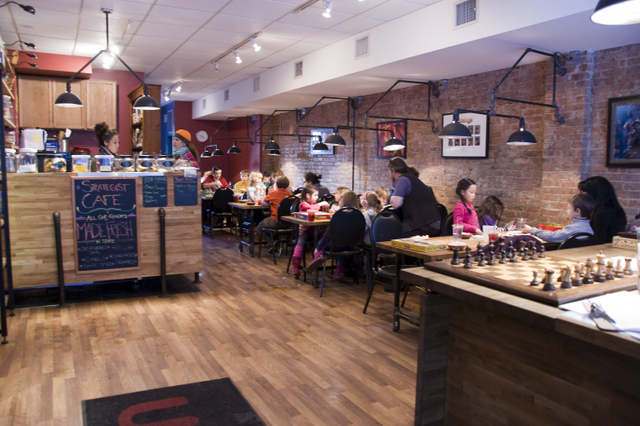
On this block you’ll also find Caputo’s Bake Shop, which opened in 1904.
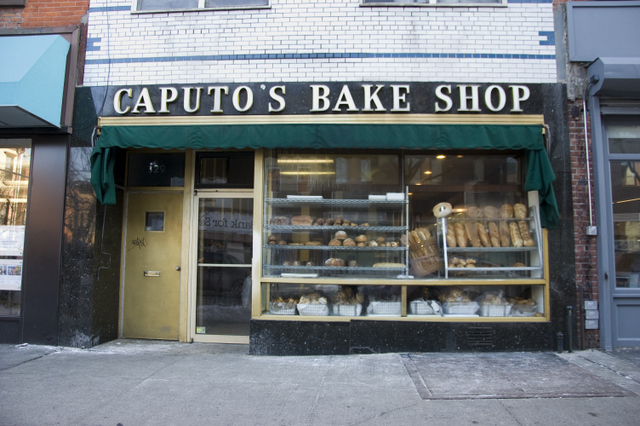
Monteleone’s, between Union and President, is an Italian bakery with an old-world feel, despite having opened in 2011. Founder and pastry maker Antonio Fiorentino has been making pastries for over forty years, first in Sicily and then in the United States.
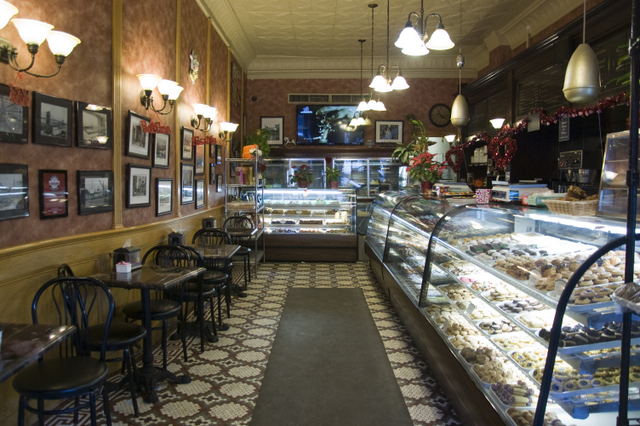
G. Esposito & Sons Pork Store next door has been around for more than 90 years, and the hanging meat replaces any need for a menu.

Between President and Court Street is the western edge of Carroll Park, Brooklyn’s third oldest park. Charles Carroll was a signer of the Declaration of Independence and led a regiment during the revolution to protect part of Park Slope. The park began as a private community garden and morphed into a public park in 1853. The ball field on the Court Street side is named after Louis Valentino, Jr., a firefighter who grew up in Red Hook and Carroll Gardens.
If I Were a Toy, at the corner of Carroll and Court, is a kids’ toy shop and barbershop in one and a popular spot for aficionados of toddlers throwing tantrums.
Between 1st and 2nd Place is the coffee/beer/cheese Shop, First Place Provisions. It’s impossible to miss, thanks to its eye-catching sign:

Between 2nd and 3rd Place is the aforementioned Yesterday’s News antique shop, as well as Rae’s boutique for trendy, casual wear.

Between 3rd and 4th Place, a closed storefront reveals a former shoe shine shop, now deteriorating with decades of bric-a-brac inside.
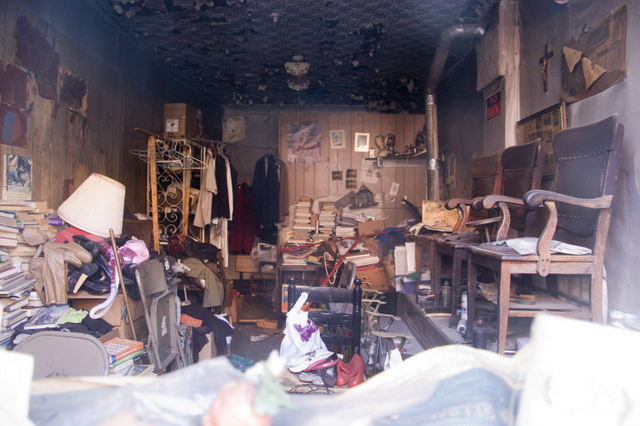
At the corner of 4th Place sits the Van Westerhout Cittadini Molesi Social Club’s Madonna Addolorata shrine, a replica of their town idol in Mola de Bari, reminding passersby of the neighborhood’s Italian history. Such social clubs, traditionally men’s only, were once a large part of the community, based on the members’ city of origin in Italy. With the neighborhood’s shifting demographics, few remain today.

Peering down the side streets, rows of beautiful townhouses sit on tree-lined roads, much like on other side streets in Cobble Hill, and Brooklyn Heights.

The stretch between 4th and 5th Place has become a destination for food and drink. There’s Goldenrod, formerly the oldest bar in Brooklyn in its past incarnation as P.J. Hanley’s, as well as the popular brunch and dinner spots Frankie’s Spuntino and Prime Meats. In between are Black Gold Records, a coffee-and-vinyl-record shop, and Olaf’s, a vintage men’s clothing and home decor store.
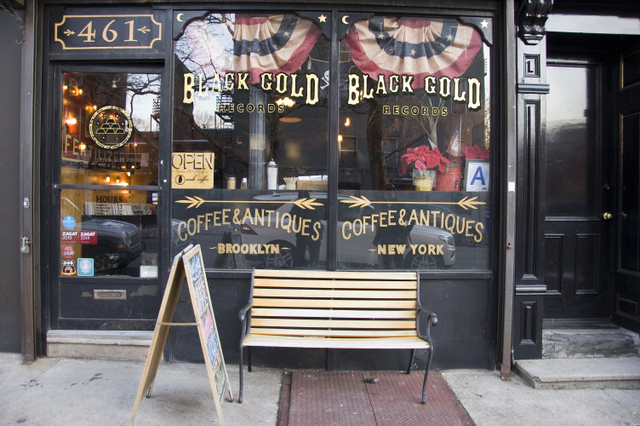
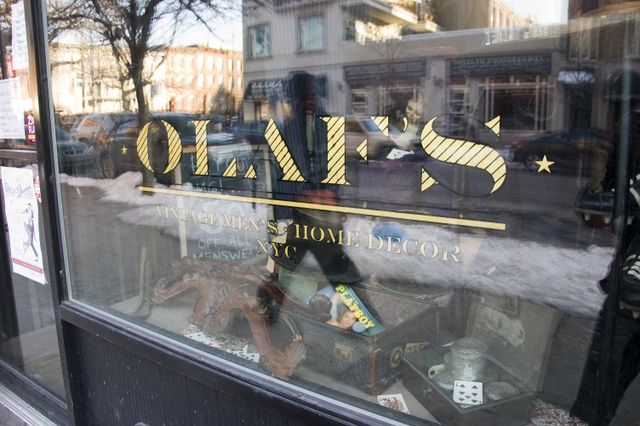
As Court Street approaches the BQE, the street takes on an even more eclectic feel. New, taller condominiums have gone up next to the older Brooklyn buildings. The architecture of the older buildings — like the Hamilton Savings Bank Building between Luquer and Nelson Streets, with the dates 1889-1929 carved at the top of the building — point to the bustling working-class area Carroll Gardens once was.

Meanwhile, the adaptation of older buildings to new uses reveals the neighborhood’s future direction. The International School of Brooklyn, which also hosts the French Institute Alliance Française (FIAF), was once the Girls School of the St. Mary Star of the Sea Roman Catholic Parish. Though non-religious now, the building still retains the Catholic cross on top.

Just down the street, Court Street Grocers carries an impressive selection of local and imported finds, like Sriracha sauce, French Gavottes, Rick’s Picks pickles, apple cider vinegar, matzo balls, gluten free pasta, and japanese Panko. In the back, there’s a sandwich counter.
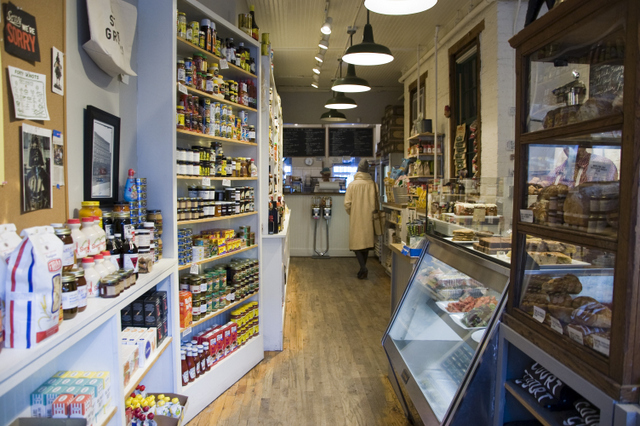
Restaurant Buttermilk Channel is named after the tidal strait in the upper New York bay, and serves comforting American bistro fare.
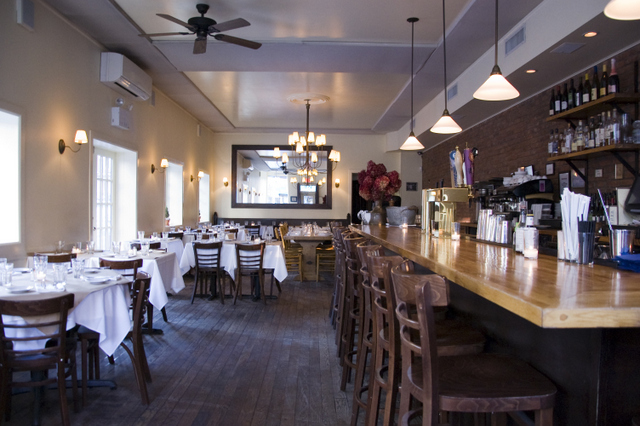
La Slowteria at West 9th serves authentic, inventive Mexican cuisine.
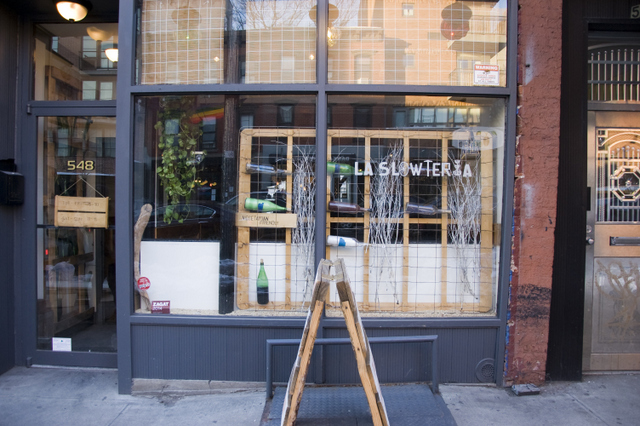
You might also encounter some The Treats Trucks in this area, as The Treats Truck Stop is just near West 9th Street.
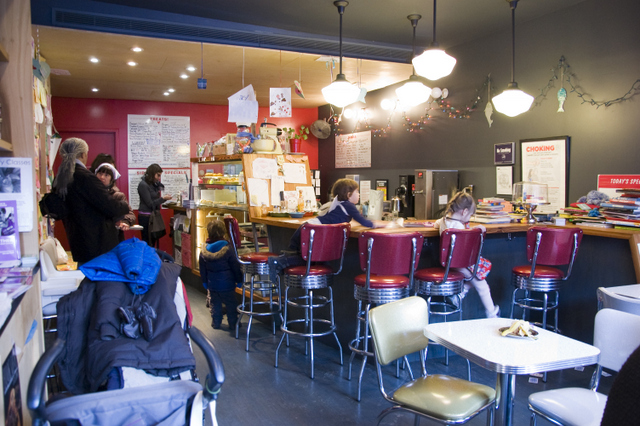
There’s plenty of shopping around these parts too, including the children’s clothing shop Tiny Brooklyn, and Store 518, which looks like a general store but sells home decor, toys, and curiosities. Fat Cat Wines stocks spirits and wine from smaller vineyards.
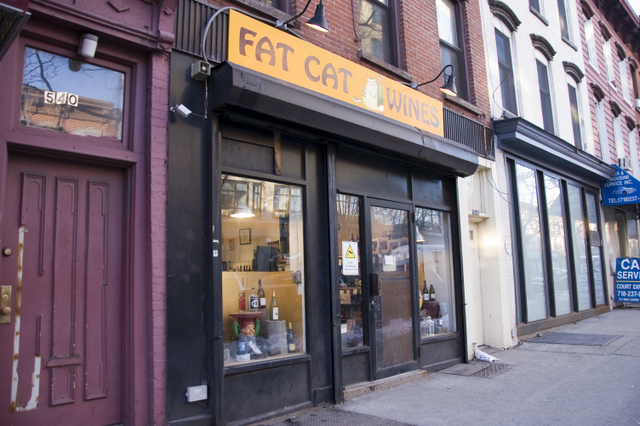
Finally, as Court Street intersects with the Brooklyn Queens Expressway/Gowanus Expressway, it forms the curiously named Cough Triangle, a public park named, according to the NYC Parks website, for the streets around it: “The C-O-U come from Court Street…The G comes from Garnet Street, and the H comes from Hamilton Avenue, which was named after Alexander Hamilton.”
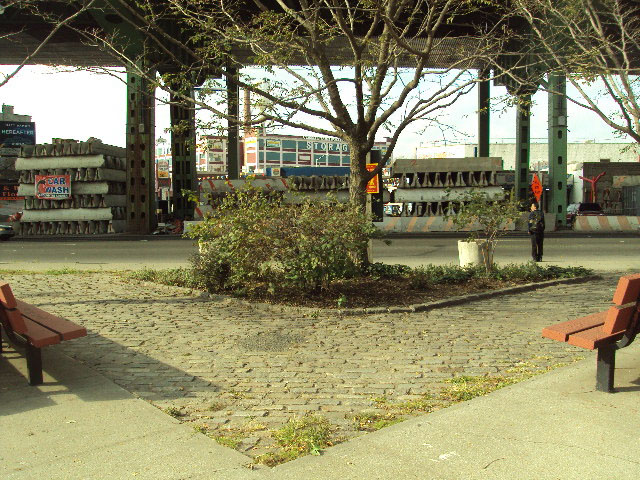

If you turn down West 9th Street or Garnet Street, you’ll see the newly renovated Smith-9th Street subway station. Continue your exploration up Smith Street to experience Brooklyn as it evolves from industrial center, to residential core to municipal Downtown Brooklyn.
When you live or visit Court Street in Brooklyn, you’ll be surrounded by old world Italian history and wonderful neighborhood amenities. The immigrant history is interwoven into its architecture, restaurants, and many bakeries. We’ve covered a large expanse of Court Street here but there’s so much more to see. We hope this guide gives you a sense of the rich street life along this thoroughfare and encourages you to get out and explore on your own.
For more local Brooklyn flavor, check out A Guide to Atlantic Ave and A Guide to Bedford Ave.

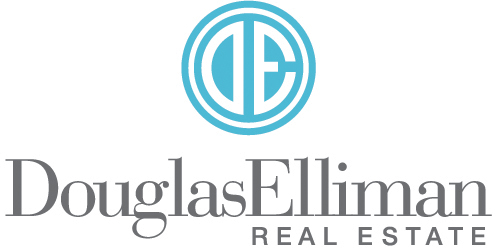
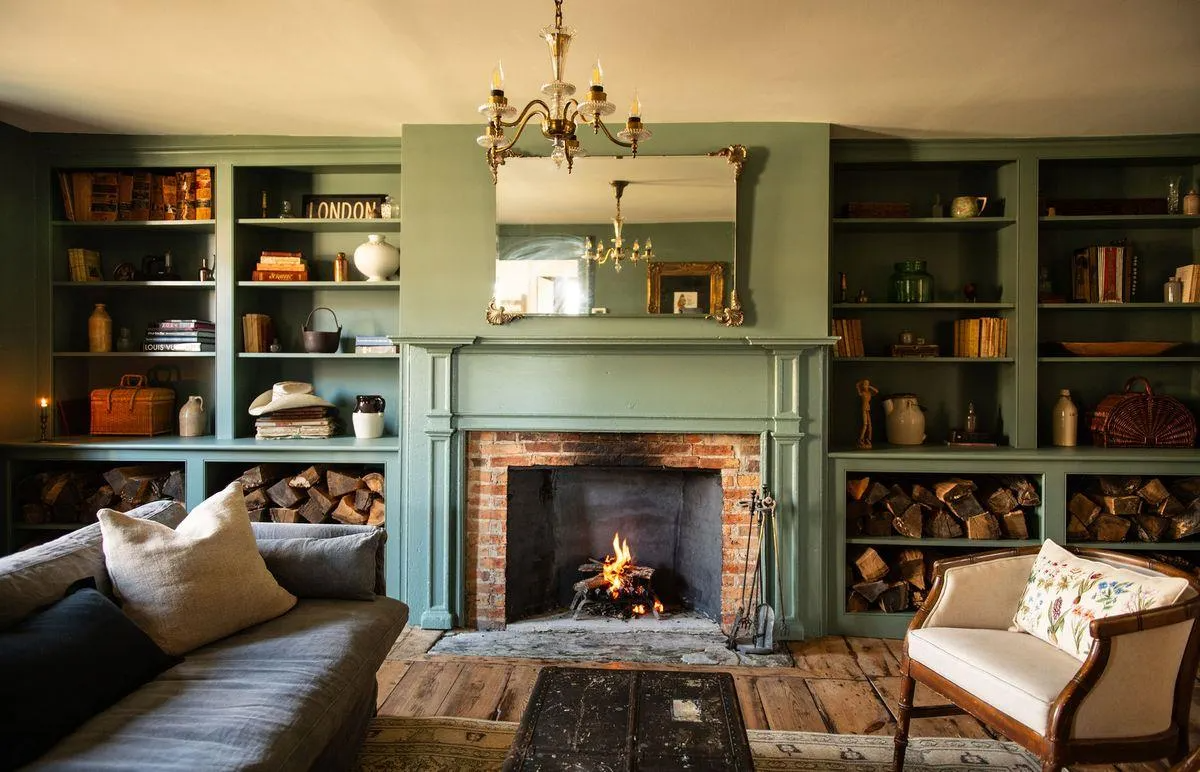
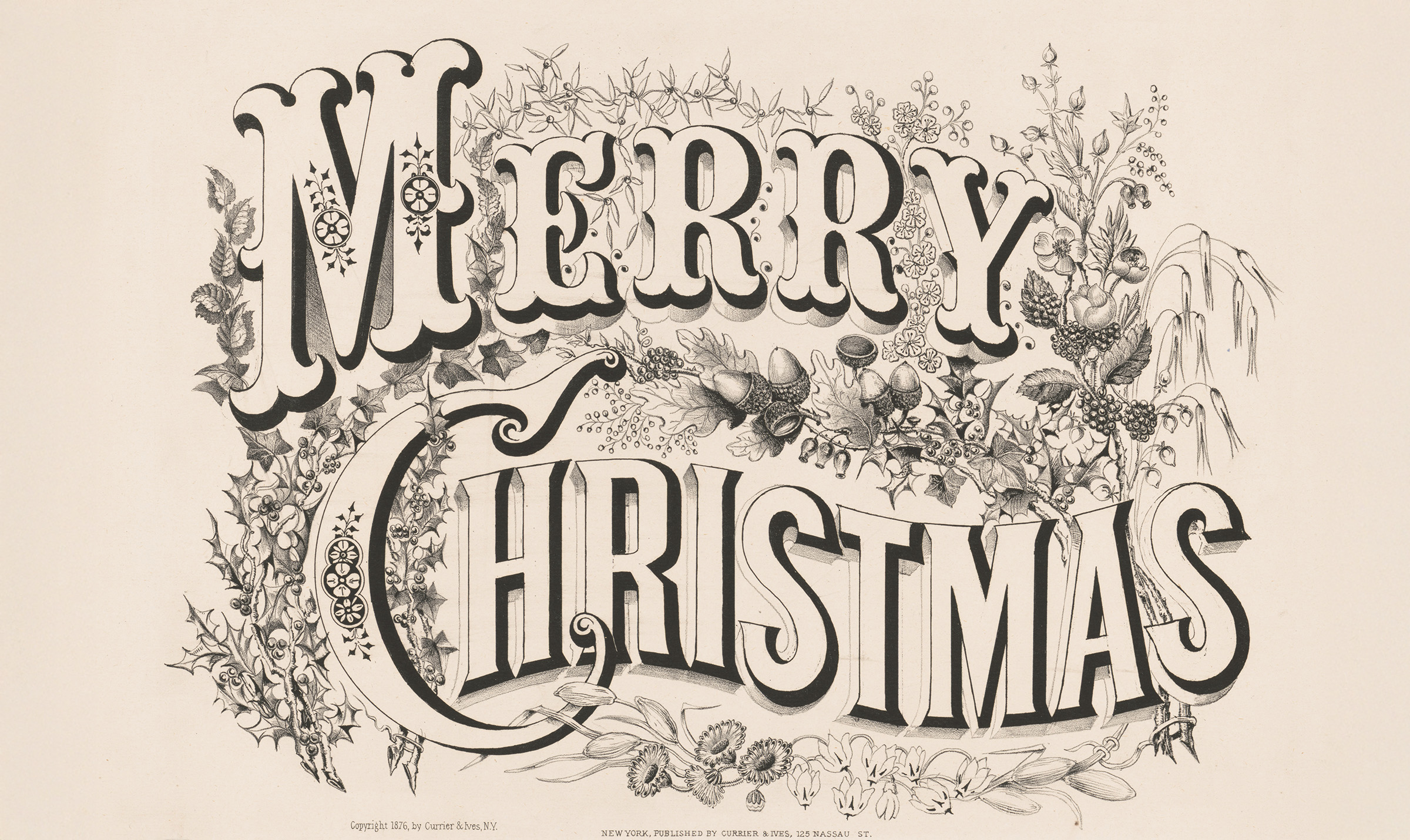
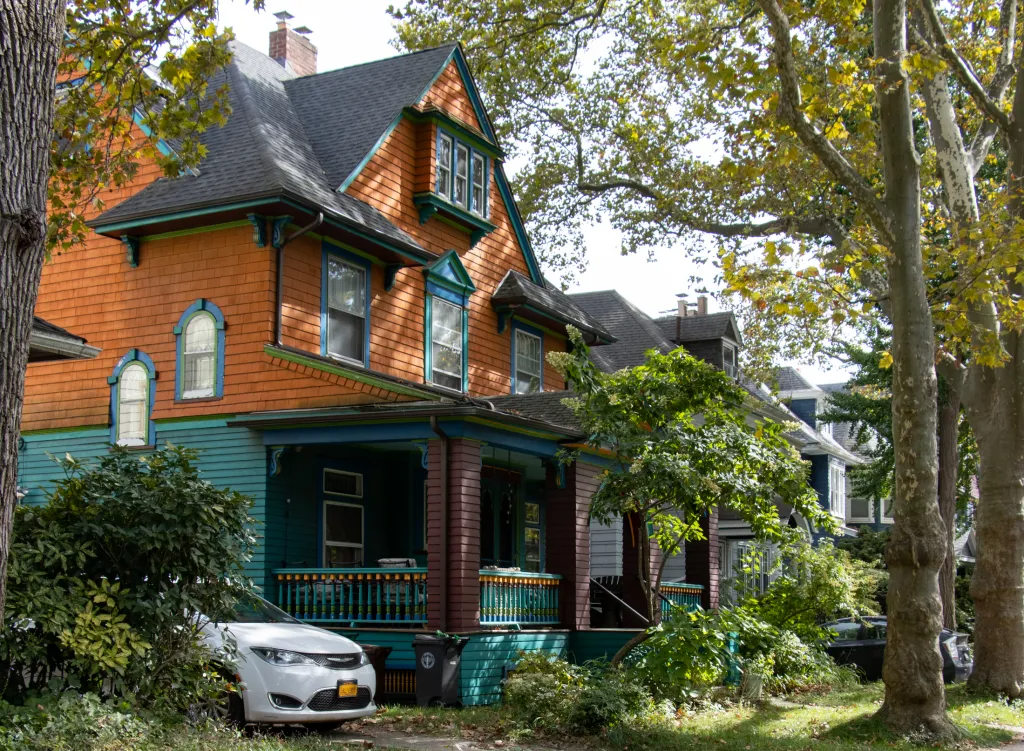
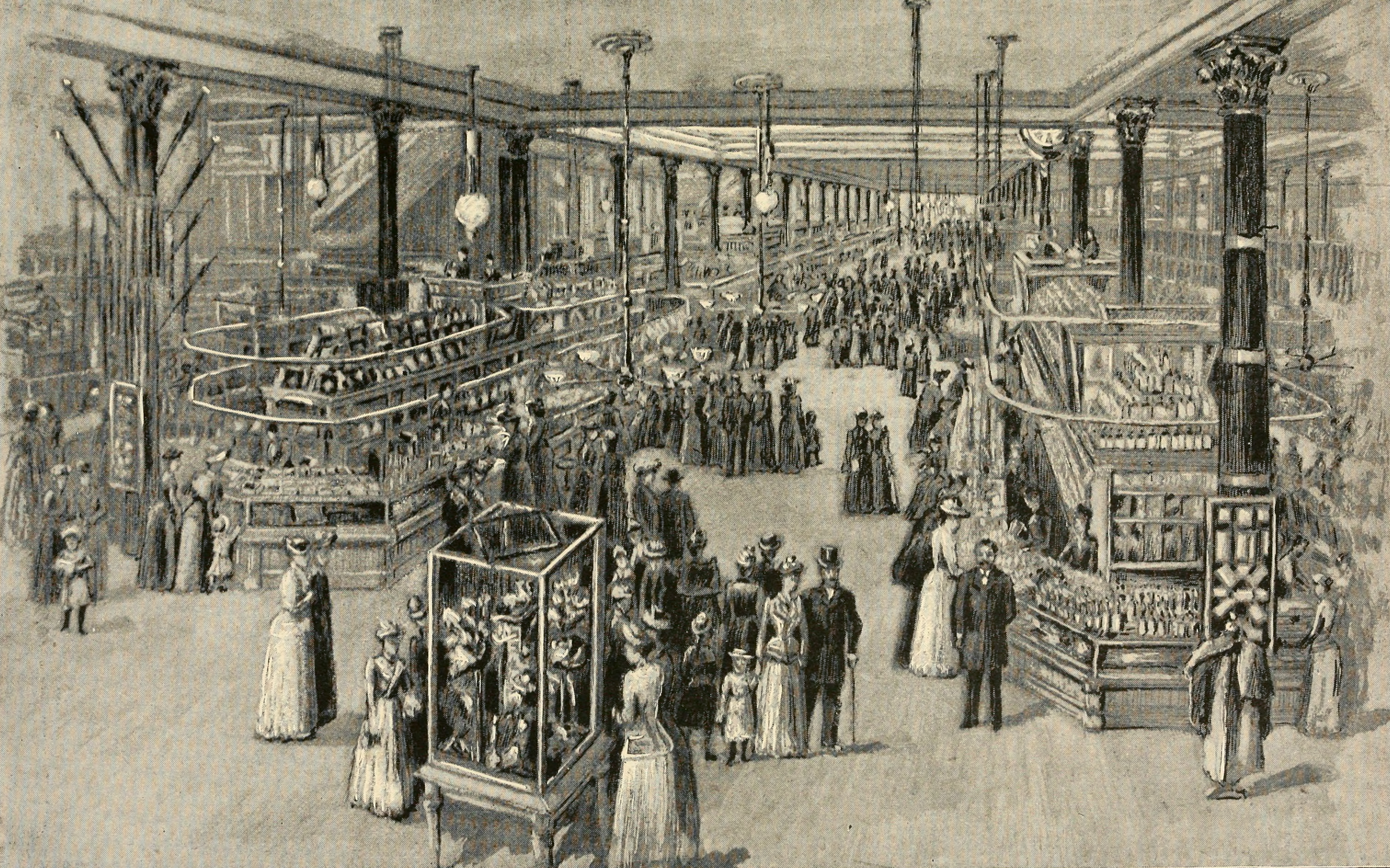
Comments